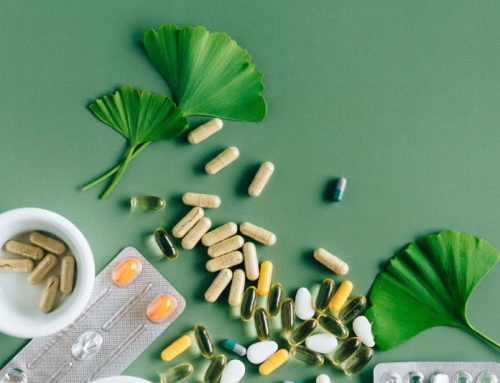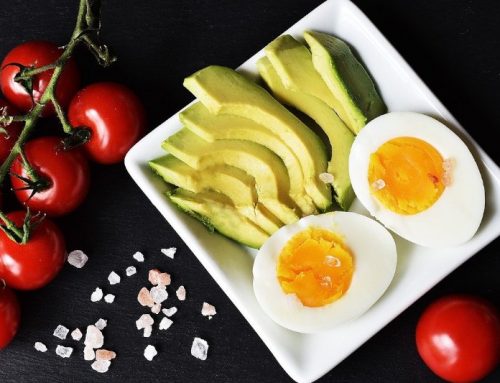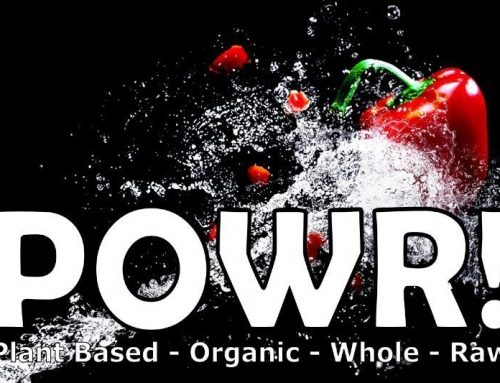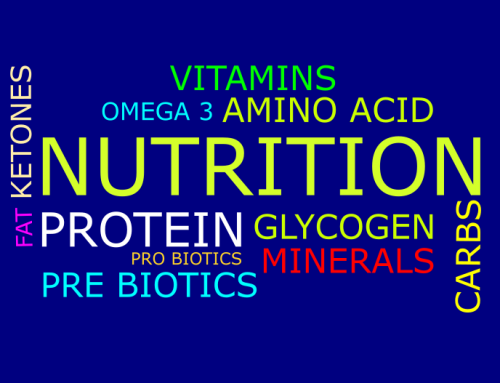As a vegan athlete, getting enough protein in your diet can be a real challenge, especially when you’re training or competing.
Vegan Protein powders can help, but with an average serving providing around 23 g and an 80 kg athlete needing up to 170 g a day, supplements aren’t going to do it all.
Soy is an important ingredient that will help you bridge the protein gap as it has around the highest protein density of any vegan food source.
Soy comes from mature soybeans. You’ll also come across edamame beans which are immature Soy beans harvested while the beans are still young and soft. They can be eaten like broad beans and they’re a staple of Asian cuisine.
Soy is used in many processed vegetarian and vegan foods such as yoghurts, salad dressings, soups, meat analogues, beverage powders, cheeses, non-dairy creamer, frozen desserts, whipped topping, infant formulas, bread, breakfast cereal and pastas.
It’s also used to make faux meat and is the basis of Tofu and Tempeh
In fact Soy is so ubiquitous you need to be careful you don’t eat too much (although if you do it shouldn’t do you any harm, unless you suffer from excessive mucus build up).
Soybean protein is a "complete protein" as it provides all of the essential amino acids for human nutrition and it’s one of the cheapest sources of dietary protein.
Soy based foods also have high bioavailability with Tofu at 92.7%, soy milk at 92.6%, and soy protein isolate at 93–97%.
Soy has Three Main Drawbacks for Vegans
Growing Soy Causes Deforestation
Soy is a major cause of deforestation especially in South America. Only 6% of Soy production is for direct human consumption. The other 94% is for feeding food animals.
There are various standstill agreements in place to limit further deforestation, especially where soy is grown for the human market.
Most Soy Production is Genetically Modified (GMO)
Figures from 2014 show that 100% of Argentinean soy is GMO, in the United States it is 94 percent; and 93 percent in Brazil.
Surveys show vegans and vegetarians want non GMO products and as a result Monsanto and other companies are breeding non GMO lines with better tasting and more flavourful soybean varieties.
Soy Causes Excessive Mucus Production
Consuming too much soy can cause more chest mucus than any other plant food. You can compensate for this by combining it with other mucus reducing foods which include:
– Radishes (red, daikon, horseradish – one of that best mucus-cleansers out there!)
– All leafy greens and herbs
– Cauliflower and broccoli
– Garlic
– Celery
– Asparagus
– Bamboo shoots
– Onions
– Ginger and turmeric
– Citrus fruits (lemons, limes, grapefruits, oranges, kumquats, etc.)
– Pineapple
– Berries
– Brussels sprouts
– Hot peppers
Textured Soy is a Great Vegan Replacement for Mince and contains 50% Protein
My favourite Soy is a textured version that I get from Spains Mercadona Supermarkets (it’s their private label) but I’m sure similar products are easily available.
It cost just 1.50 for 250 gms and you soak it in water for 20 minutes then use it like mince
Textured Soy Protein is made from Soy Flour and has a 50% protein concentration.
Just look at these nutrients!
100g Hacendado Soya Chunks
- Fat: 4g
- Saturated Fat: 0.6g
- Carbs: 30g
- Sugar: 0g
- Fibre: 4g
- Protein: 50g
- Salt: 0.04g
I love to use this Soy in a Chili with plenty of hot peppers, but it can be used wherever you would use mince.






Leave A Comment
You must be logged in to post a comment.